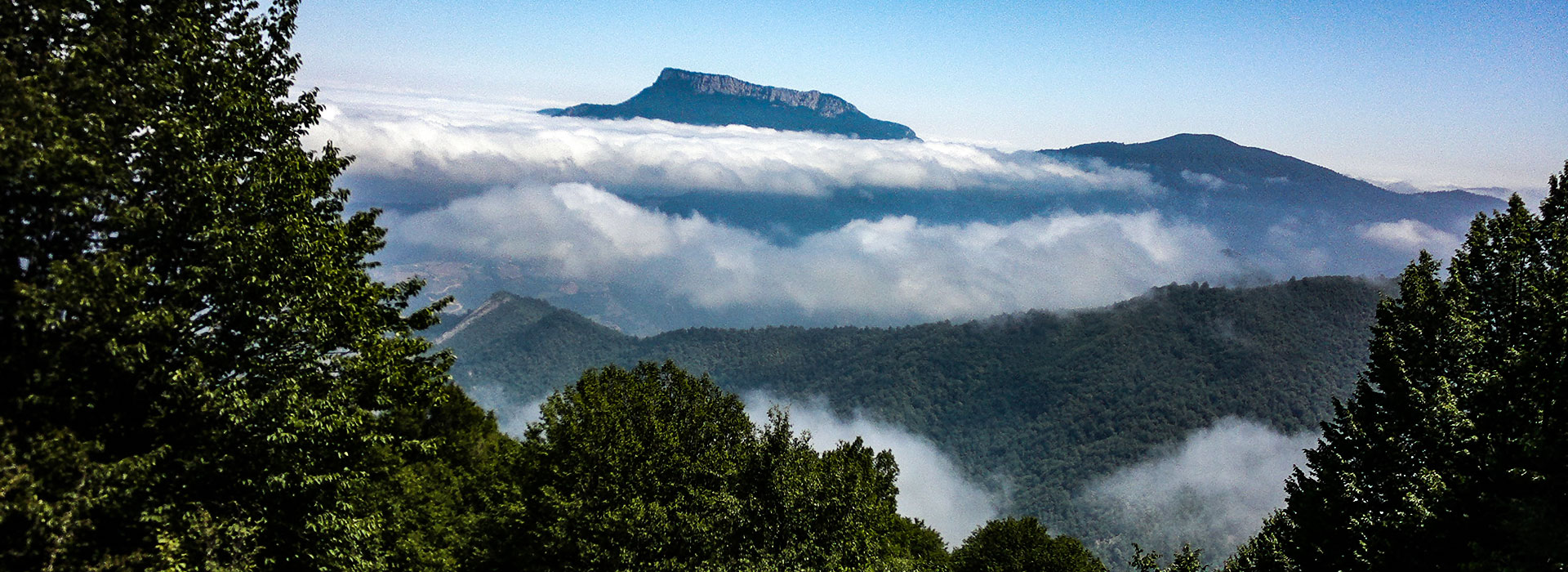The first time you hear about Iran all you may think would be about desert, but the real story is different. Iran is a four-season country and you can see various geographically places in it. The approximate 7% of Iran is covered with forests and jungles of different trees and shrub species. The jungles and forests in Iran are divided to five regions.
1. Caspian (Hyrcanian) forest
Hyrcanian forest is the area with a unique richness of biological diversity, endemic and endangered species. The region covers an area of 55,000 Km2 (21,000 mi2) near the southern shores of the Caspian Sea of Iran. In Iran, this eccoregion is alongside the Caspian Sea and the northern slopes of Alborz Mountains for about 800 Km in length. Due to the high humid climate and suitable soil, it has a high production capacity. The forest is home to 296 bird species and 98 mammals.
2. Arasbaran region
Arasbaran, or the so called “Qaradagh” means “Black Mountain”. Because of its remarkable variety of flora and fauna, this area owns a significant potential for ecotourism. There are a number of animal species living in this region. For instance, 29 species of reptiles, 48 species of mammals, 215 species of birds and 17 species of fish. The incredible feature of Arasbaran forests is that you can find edible wild trees everywhere you go. For example, a patch of jungle between Oskolou and Aghaweye has many hazelnut trees. The region of Arasbaran is located in northwestern part of Iran in East-Azarbaijan province. The weather is cold and semi humid there.
3. Irano – Touranian region
A vast area of around 3.5 million hectares, with 1.5 million hectares of it under the protection of UNESCO, this region is known for its minus degrees and being dry in the cold season. This region is extended from North Khorasan, to Azerbaijan, Markazi and further reaching to the western cities of Iran. The sub-regions of this expansive area are categorized in plain and mountainous ones, according to their geographical characteristics.
4. Zagrosian region
Running through a lot of cities and provinces like West Azerbaijan, Lorestan and Northern Khuzestan, this region stretches along the gigantic Zagros Mountain Ranges covering a vast area of about 4.8 million hectares. Right through the heart of this region with its semi-arid climate, flow some of the most famous rivers of Iran such as Karun, Karkhe and Zayandehroud.
5. The Persian Gulf and Oman region
Located in southern Iran, this region with an approximate area of 2.1 million hectares encompasses some parts of Khuzestan, Boushehr, Hormozgan, and Sistan & Baluchistan provinces. The climate of this region is predominantly indicated by its sub-equatorial characteristics.

